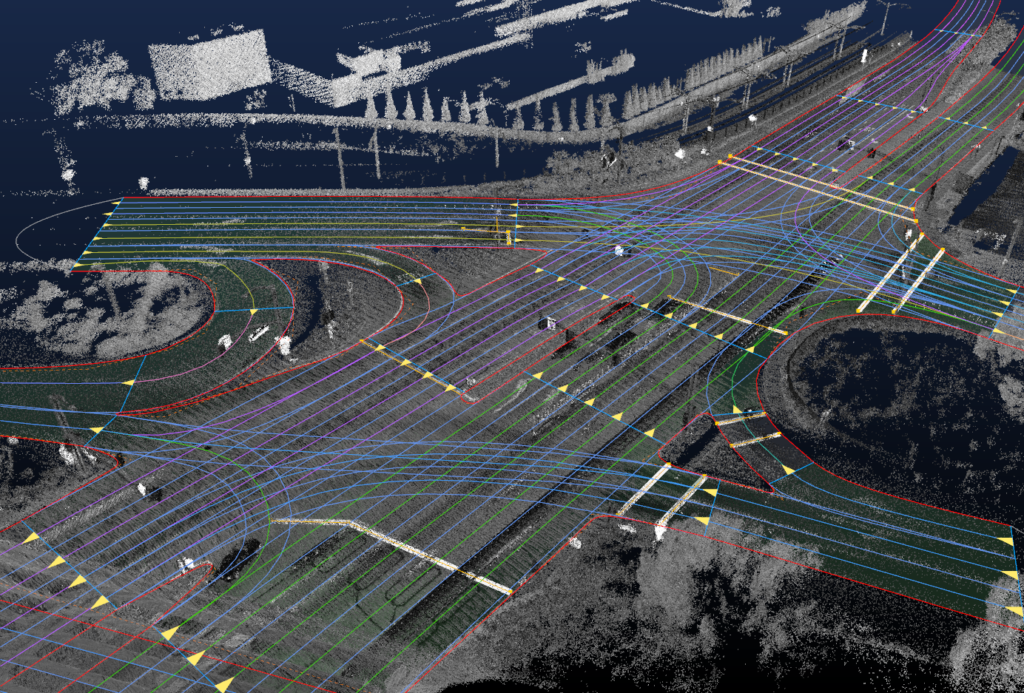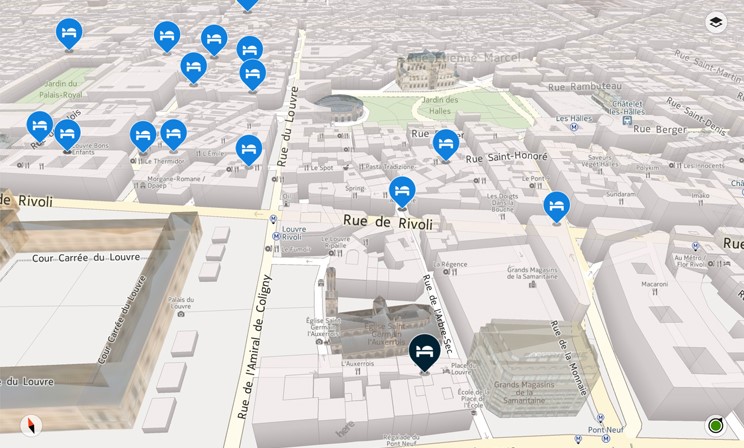GM explores blockchain-based navigation maps for autonomous vehicles
Blockchain has been one of the hottest topics in tech for some time, and like numerous other sectors, the automotive and mobility industry is also exploring potential applications for blockchains. A new patent application published by the US Patent and Trademark Office this month reveals General Motors’ (GM) plans to use blockchain to develop a decentralized, distributed navigation map for vehicles.
The method will leverage one or more sensors embedded in automobiles to evaluate and characterize the surrounding area, including capturing the GPS information and registering the differences noticed on a blockchain map network.
To give you a rough example, if a sensor detects a road change (change in the lanes along a road, a traffic sign, speed limit changes, etc.), it would communicate the same to a perception and localization processor. The processor, in turn, will communicate that information with a blockchain map to detect any discrepancy with regard to the already registered transactions (or map data). Once enough vehicles/sensors relay the same new information to the network, the transaction will be accepted as a valid change and the blockchain map will automatically update to reflect the same.
Vehicles today utilize some type of navigation system that provides detailed maps to either a human driver or to the automated driving system of a self-driving car regarding the geographic location of the vehicle and directions to the desired destination. However, as GM points out, the current mapping systems are difficult to keep dynamic without incurring large costs. As such, there is a need for a new and improved system and method for distributing navigation maps to automobiles.
The blockchain-based navigation map proposed by GM will not only update a distributed navigation map to the vehicle in question, but also to all other vehicles that communicate using the same blockchain map network. More specifically, the system will continuously update the distributed map in a decentralized manner to vehicles that communicate with each other in a distributed vehicle-to-vehicle (or peer-to-peer) network.
Advantages of blockchain-based navigation maps
In essence, GM recognizes that the many benefits of using blockchain technology to develop a decentralized, distributed navigation map for vehicles. These include:
- Decentralizing the updating of navigation maps
- Democratizing map generation from vendors
- Reducing costs for map changes that are validated across many vehicles, and
- Enabling rapid updates of navigation maps







